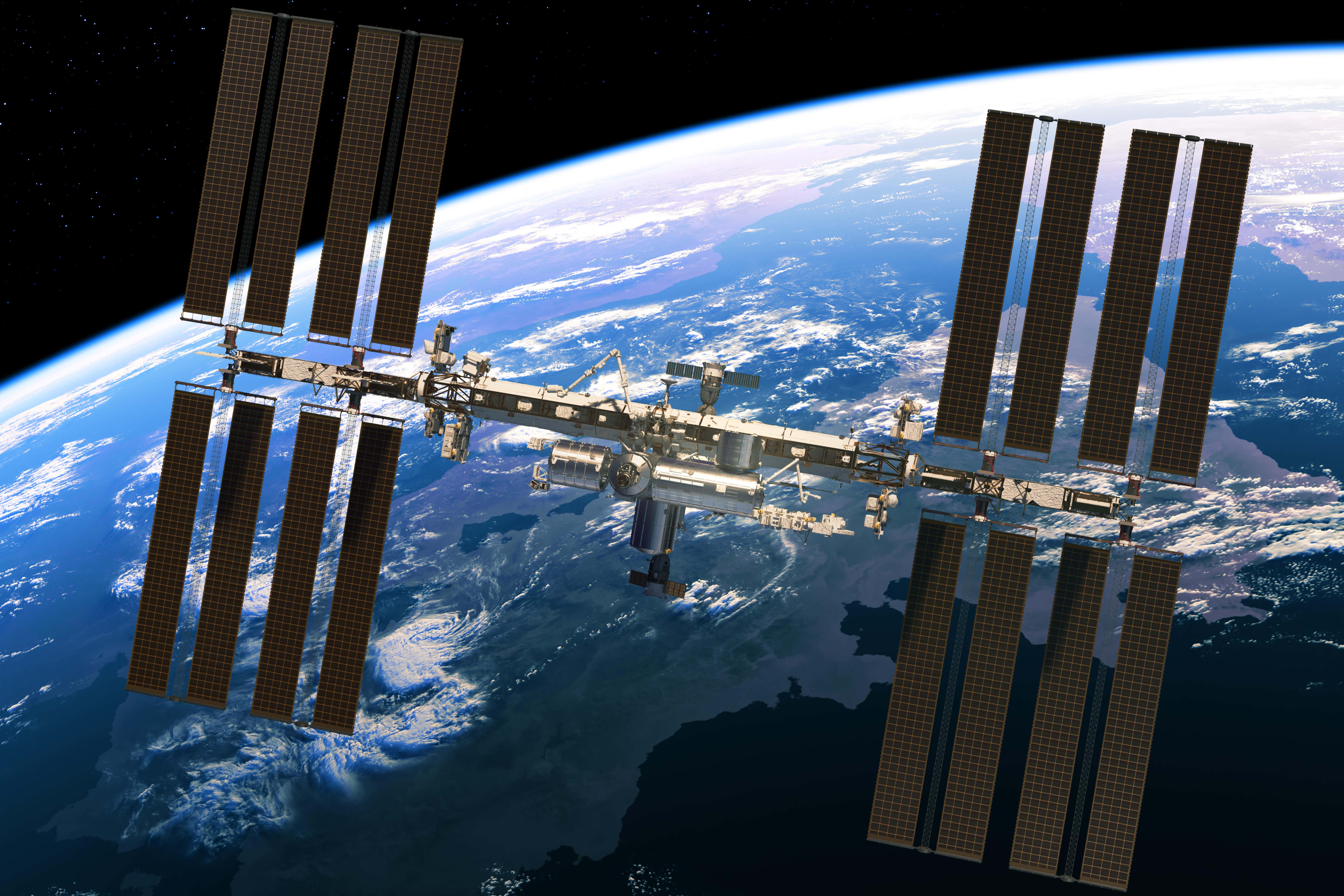Study reveals chemical contamination on International Space Station
Scientists analysed dust from air filters within the ISS and compared them to contaminants found in houses on Earth.

Your support helps us to tell the story
From reproductive rights to climate change to Big Tech, The Independent is on the ground when the story is developing. Whether it's investigating the financials of Elon Musk's pro-Trump PAC or producing our latest documentary, 'The A Word', which shines a light on the American women fighting for reproductive rights, we know how important it is to parse out the facts from the messaging.
At such a critical moment in US history, we need reporters on the ground. Your donation allows us to keep sending journalists to speak to both sides of the story.
The Independent is trusted by Americans across the entire political spectrum. And unlike many other quality news outlets, we choose not to lock Americans out of our reporting and analysis with paywalls. We believe quality journalism should be available to everyone, paid for by those who can afford it.
Your support makes all the difference.Concentrations of potentially harmful chemicals in dust collected from the International Space Station (ISS) exceed those found in floor dust from many American and western European homes, new research reveals.
In the first study of its kind, scientists analysed a sample of dust from air filters within the ISS and compared them to organic contaminants found in houses on Earth.
Researchers from the University of Birmingham, as well as the Nasa Glenn Research Centre, USA, say their findings could guide the design and construction of future spacecraft.
Our findings have implications for future space stations and habitats, where it may be possible to exclude many contaminant sources by careful material choices in the early stages of design and construction
Co-author Professor Stuart Harrad, from the University of Birmingham, said: “Our findings have implications for future space stations and habitats, where it may be possible to exclude many contaminant sources by careful material choices in the early stages of design and construction.
“While concentrations of organic contaminants discovered in dust from the ISS often exceeded median values found in homes and other indoor environments across the US and western Europe, levels of these compounds were generally within the range found on earth.”
Contaminants found in the space dust included polybrominated diphenyl ethers (PBDEs), hexabromocyclododecane (HBCDD), novel brominated flame retardants (BFRs), organophosphate esters (OPEs), polycyclic aromatic hydrocarbons (PAH), perfluoroalkyl substances (PFAS), and polychlorinated biphenyls (PCBs).
BFRs and OPEs can be used to meet fire safety regulations in consumer and commercial applications like electrical and electronic equipment, building insulation, furniture fabrics and foams.
PAHs are present in hydrocarbon fuels and emitted from combustion processes.
PCBs were used in building and window sealant, and in electrical equipment, while PFAS have been used in applications like stain proofing agents for fabrics and clothing.
But the researchers say their effects on human health have led to some of the chemicals being banned or limited in use.
Some of the chemicals are classed as persistent organic pollutants (POPs) under the UNEP Stockholm Convention, and some PAH are classified as human carcinogens.
According to the researchers, the use of off-the-shelf items brought on board by astronauts for personal use, such as cameras, MP3 players, tablet computers, medical devices, and clothing, are potential sources of many of the chemicals detected.
The air inside the ISS is constantly recirculated with eight to 10 changes per hour.
While carbon dioxide and gaseous trace contaminant removal occurs, the degree to which this removes chemicals like BFRs is unknown.
High levels of radiation can accelerate the ageing of materials, including the breakdown of plastic goods into micro and nanoplastics that become airborne in the microgravity environment.
The study suggests this may cause concentrations and relative abundance of chemical contaminants in the ISS dust to differ notably from those in dust from indoor microenvironments on Earth.
Scientists measured concentrations of a range of target chemicals in dust collected from the ISS.
In a microgravity environment like that on the space station, particles float around according to ventilation system flow patterns, eventually depositing on surfaces and air intakes.
Screens covering the filters accumulate this debris, requiring weekly vacuuming to maintain efficient filtration.
The material in ISS vacuum bags comprises previously airborne particles, clothing lint, hair and other debris generally identified as spacecraft cabin dust.
Some vacuum bags were returned to Earth for studies of this unique dust, with a small sample shipped to the University of Birmingham for analysis in the study.
The findings are published in Environmental Science and Technology Letters.